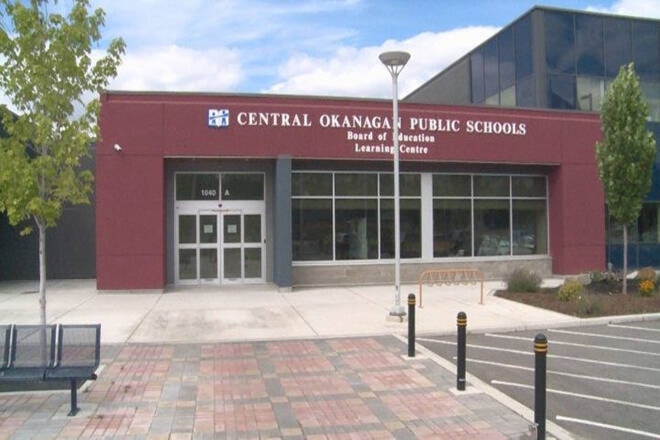The accuracy and data reliability for literacy and math testing of Central Okanagan students is again becoming a question of debate.
The Central Okanagan Board of Education learned Wednesday that exam testing has shown a continuing downward trend in proficiency of numeracy at all grade levels for the past three years, mixed results for literacy at the middle school level and the transition of students to Canadian post-secondary institutions being below the provincial average.
The trends are based on results from the Foundational Skills Assessment (FSA) exams , which all school districts are required to carry out for the provincial government to provide an assessment of all B.C. students’ academic skills in numeracy and literacy for Grades 4 to 7, and the results are then made public.
The tests have been controversial, as the BC Teachers’ Federation has advocated for parents not to allow their children to take the tests, while the exam data being compiled by outside groups to compare school districts with each other as well as individual schools.
Kevin Kaardal, school district superintendent/CEO, says the FSA exams offer some insight that can be useful for school district staff and teachers, but it represents only a one-time, one test data collection of results which carry no grade or credit value for students.
Kaardal said the numeracy trend is one the school district has been aware of and is actively trying to address, as the assistant superintendents have been working with teachers and education researchers to develop a competency-based assessment for K-Grade 9 students.
That pilot project assessment is expected to be presented to the school board next spring for implementation, as Kaardal feels it will present a more accurate oversight of how students are faring with trend shortfalls outlined in the FSA exam results.
“Ultimately how your child is doing in school is best determined at the ground level, by talking with their teachers and the school principal, ” Kaardal said.
As well, the school district will look at emerging areas of need in the next several years related to literacy at the middle school level and transition enhancement to post-secondary options for graduated students.
Just in June, Kaardal end of the school year report cited the rising graduate rate of students, in particular the advances made with Indigenous students.
That graduation rate is 93.5 per cent, 3.5 per cent above the provincial average, for Central Okanagan public school students.



